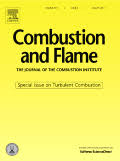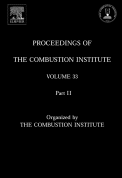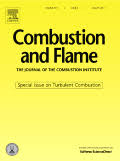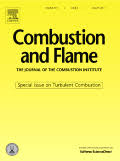
The high temperature chlorine chemistry was updated and the inhibition mechanisms involving HCl and Cl2 were re-examined. The thermochemistry was obtained using the Active Thermochemical Tables (ATcT) approach, resulting in improved data for chlorine-containing species of interest. The HCl/Cl2 chemistry discussed in the paper was based on reference and experimental measurements of rate constants available in the literature. By coupling the new HCl/Cl2 subset with the Politecnico di Milano (POLIMI) syngas mechanism a kinetic mechanism consisting of 25 species and 102 reactions was obtained. The validation was carried out on selected experimental data from laminar flames, shock tubes and plug flow reactors. Systems containing Cl2 showed high sensitivity to Cl2 + M ⇌ Cl + Cl + M; the rate constant for this reaction has a significant uncertainty and there is a need for an accurate high-temperature determination. The importance of the chain propagating steps such as Cl + H2 ⇌ HCl + H and Cl2 + H ⇌ HCl + Cl competing with the branching reaction H + O2 ⇌ OH + O and the termination reaction H + Cl + M ⇌ HCl + M is also pointed out by the kinetic analysis. Other relevant reactions in HCl containing systems are the chain propagation reactions HCl + O ⇌ Cl + OH, HCl + OH ⇌ Cl + H2O and Cl + HO2 ⇌ ClO + OH, together with the termination reaction Cl + HO2 ⇌ HCl + O2. With the present thermochemistry and rate constants, reaction cycles involving HOCl and ClCO were found not to be important under the investigated conditions.
Keywords
Chlorine; Hydrogen chloride; Kinetics; Oxidation; Flame inhibition
How to cite
Pelucchi, M., Frassoldati, A., Faravelli, T., Ruscic, B., Glarborg, P.
High-temperature chemistry of HCl and Cl2
Combustion and Flame, 162(6), pp. 2693-2704 (2015)









